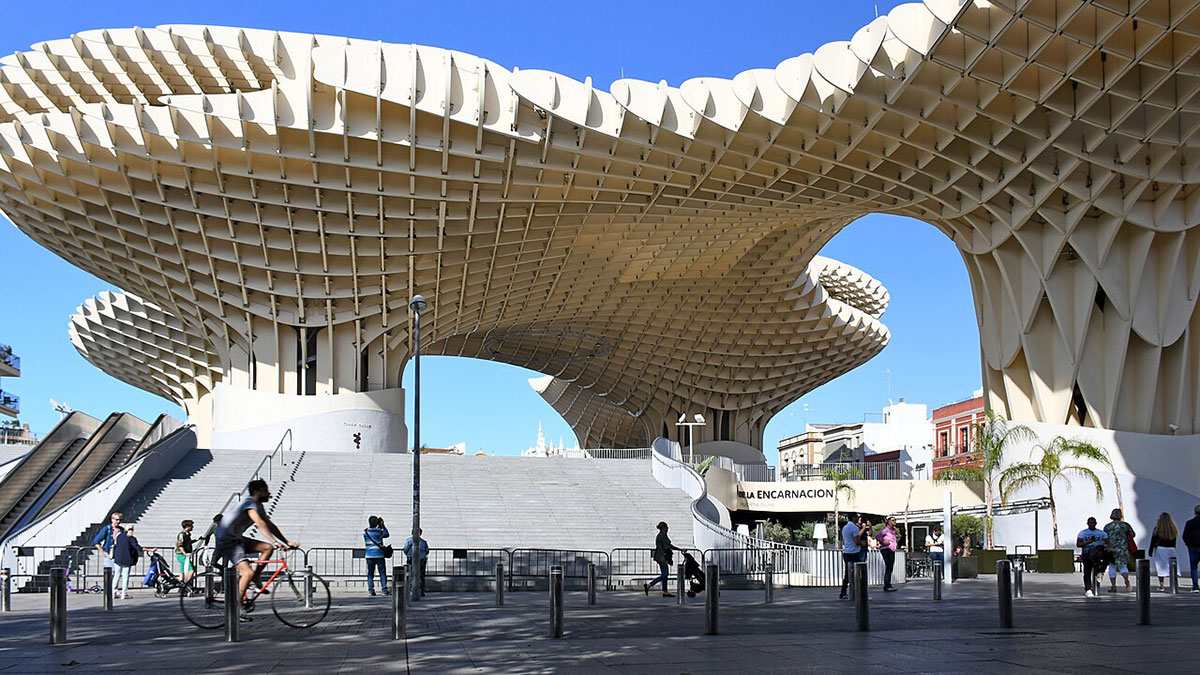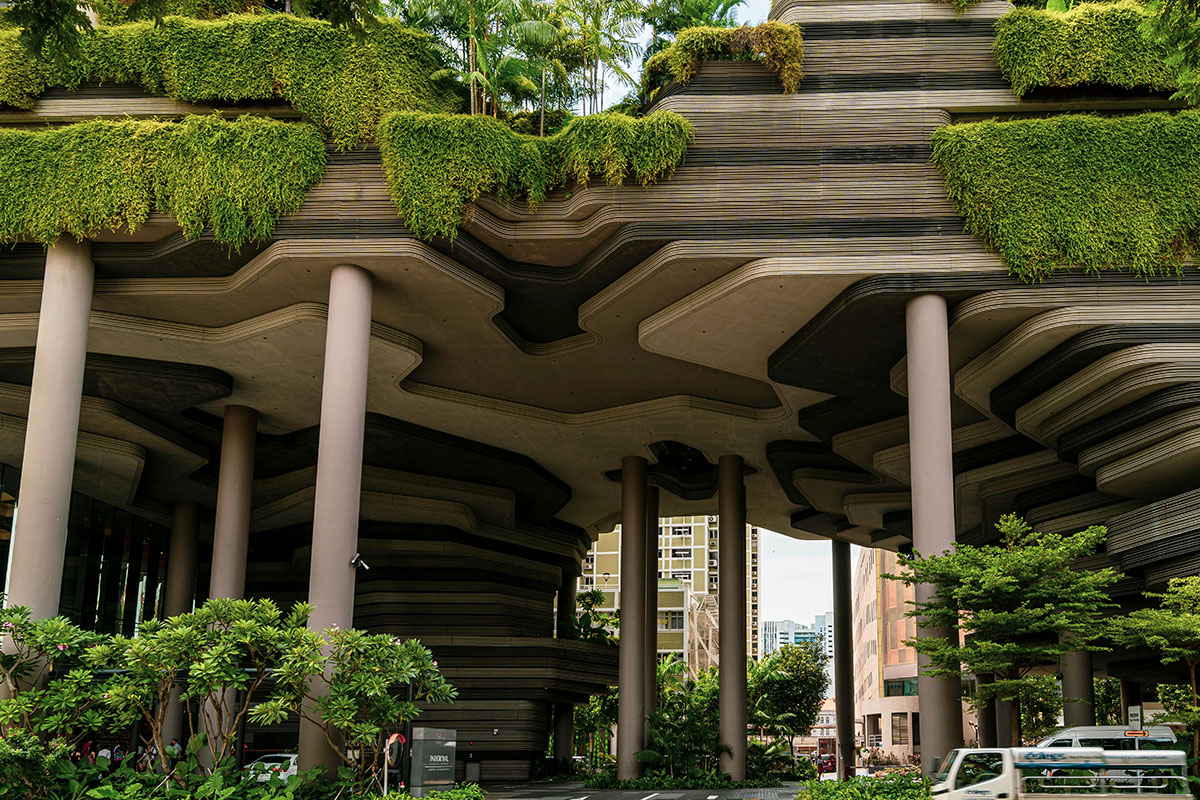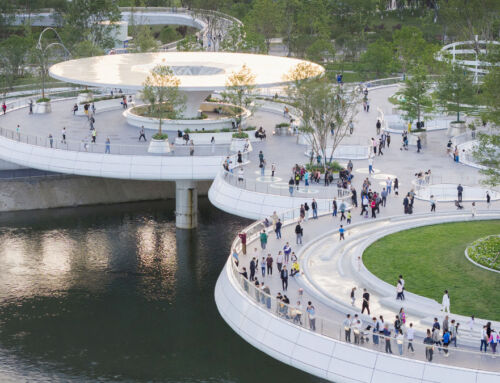Cities often become heat traps in the hot sun: the asphalt radiates the energy accumulated over hours. This phenomenon, known as “heat island”, is not a lesser evil, but a challenge for urban design that calls for a rethink of our public spaces. The solution may lie, at least in part, in something as old as civilisation itself: the strategic creation of shades.
Contemporary urbanism has rediscovered what various desert cultures have known for millennia: the orientation of spaces is not a question of aesthetics, but of survival. In Barcelona, the study of the sun’s path has led to the design of streets that function as natural corridors of shade, where buildings become functional volumes that cast protective shadows as the day progresses.
Overhangs, once mere stylistic devices, are now calculated to the millimetre by architects to create “active shadows” that take into account that same solar path. In Melbourne, the famous “Urban Umbrellas” in Federation Square are not just sculptural structures, but thermal devices that reduce the temperature in their area of influence by up to 7°C.
Simply replacing dark pavements with lighter materials also radically transforms the urban microclimate. In Los Angeles, a municipal programme has shown that painting streets with special light grey coatings reduces surface temperatures by as much as 10°C. In fact, the Solar Reflectance Index has become a crucial data point in urban planning. While a traditional black asphalt car park registers values close to 0, the new porous pavements with quartz aggregates reach indexes of 60, reflecting solar radiation without glare.
Urban vegetation is much more than decoration: it is natural climate technology. The leaves of mature plane trees constantly transpire with a natural air-conditioning effect on their immediate surroundings. Cities like Singapore have taken this concept to the extreme with their “supertrees”, vegetation-covered metal structures that function as urban cooling towers. Living roofs and vertical gardens complete this cooling ecosystem. The Musée du quai Branly in Paris, with a living wall of 15,000 plants covering 800 m2 of its façade, is not only an architectural icon, but a giant thermoregulator that moderates the microclimate of its entire neighbourhood.
The future of urban planning, from a climate change perspective, is already being tested in urban laboratories. In Tokyo, IoT (Internet of Things) sensors control automated awnings that deploy according to solar intensity. In Phoenix, public pavilions incorporate evaporative ceramics that combine ancient techniques with nanotechnology.
By Juan Guardiola Cutillas, Senior Architect in the Architecture Department of Amusement Logic







